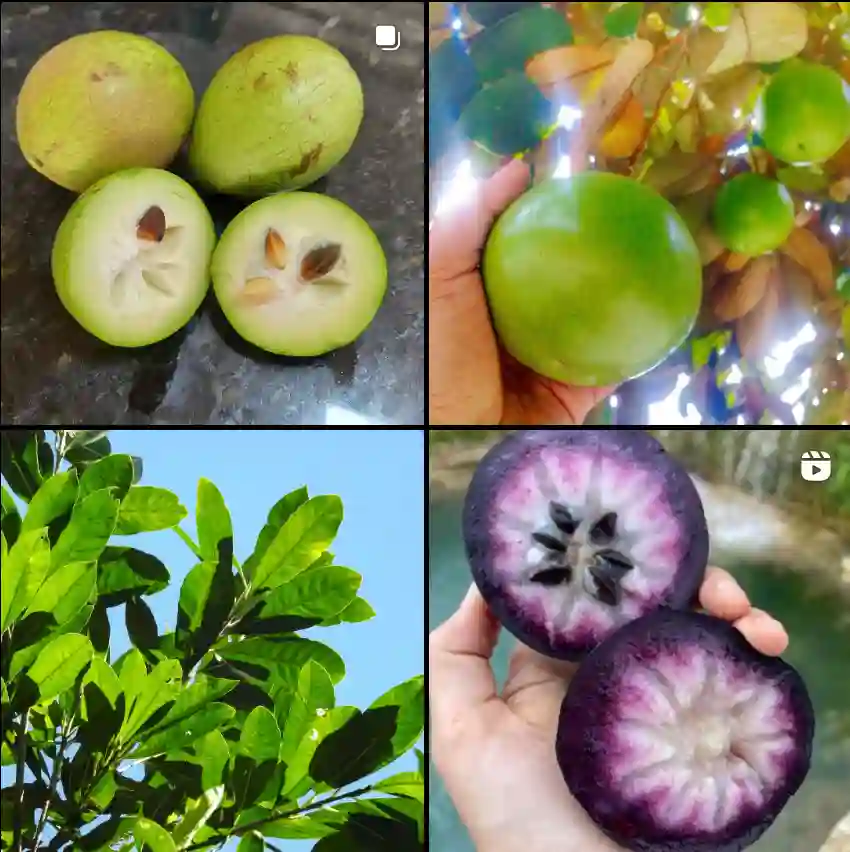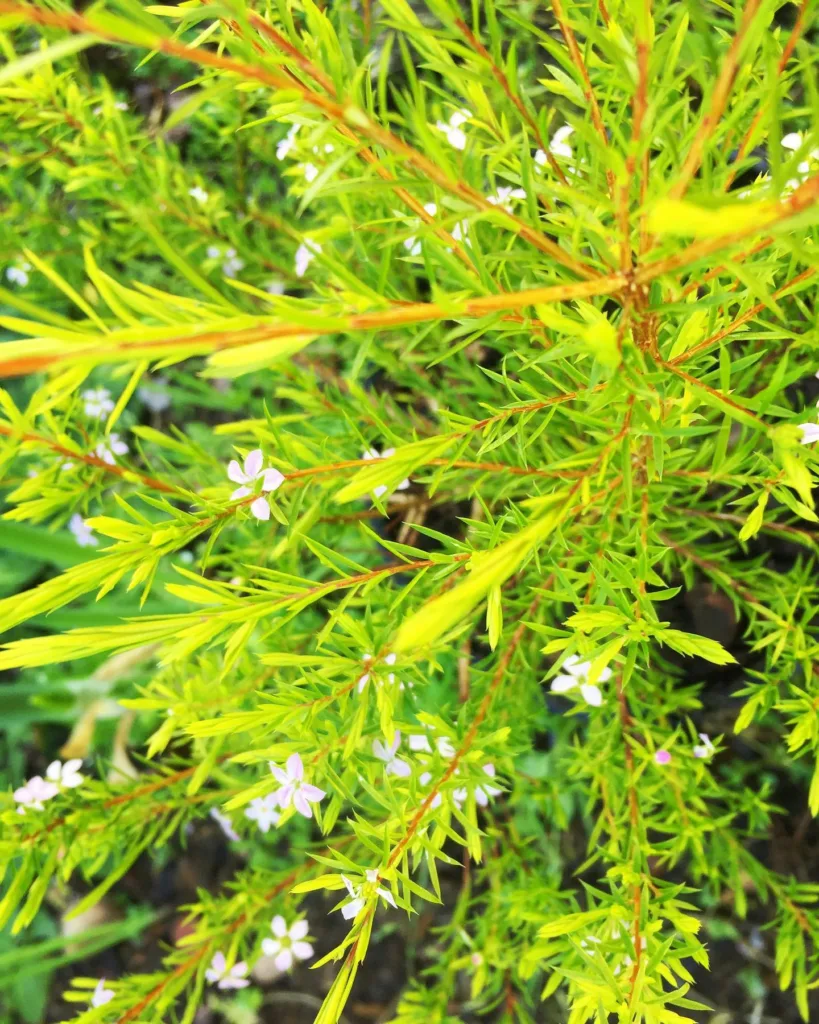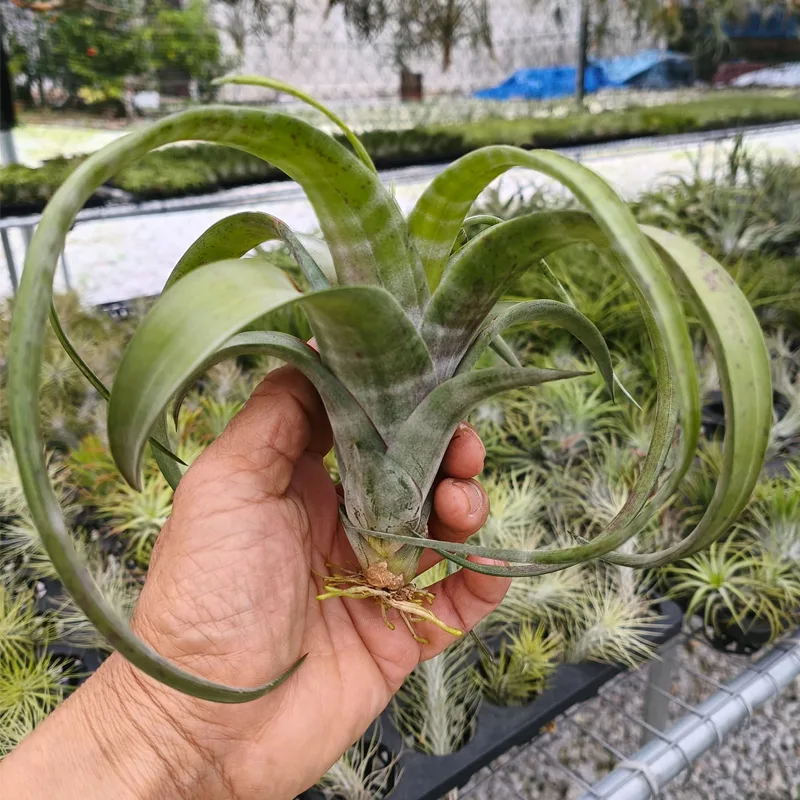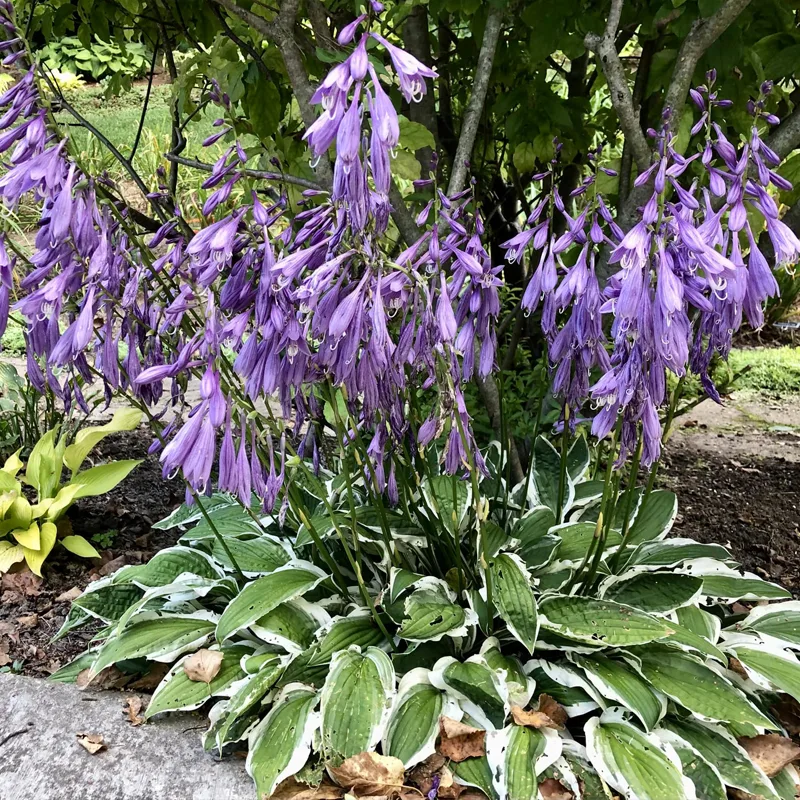
October 24 – Physostegia
"Physostegia, the obedient plant, represents October 24."
Physostegia symbolizes flexibility and balance. You have the unique ability to adapt to different situations while staying true to your principles. Like its nickname, the obedient plant, you bring harmony and order to those around you, making every environment you enter more peaceful and structured.
False Dragonheads: My Floral Fascination
My name is Ferb Vu, and I’m something of a plant enthusiast. While roses and lilies have their charm, I find myself drawn to the less celebrated, the more unusual denizens of the botanical world. One genus that has particularly captured my attention is Physostegia, more commonly known as false dragonhead or obedient plant, belong to the Lamiaceae family.
These North American natives, with their delicate spikes of blossoms and intriguing behavior, offer a unique blend of beauty and quirkiness that I find endlessly fascinating.
Understanding the Obedient Plant
The name “obedient plant” stems from a peculiar characteristic of these flowers. Gently push a blossom to the side, and it will stay in that position, as if obeying your command. This curious trait, due to the unique structure of the flower stalk, adds a playful dimension to these already captivating plants.
Beyond their obedience, false dragonheads possess an elegance that rivals their more popular counterparts. Their flowers, resembling miniature snapdragons, cluster along tall, slender stems, creating a vertical accent that adds dynamism to any garden. The blooms themselves come in a range of colors, from the soft blush of pink to the vibrant hues of purple and red, providing a visual feast for the eyes.
A Diverse Genus
While the genus Physostegia may not be as extensive as some, it boasts a respectable number of species, each with its own distinct characteristics. Here are:
- Physostegia virginiana: This is the most common species, often referred to simply as obedient plant. It typically displays pink or purple flowers and is known for its adaptability. – Plant FAQs: Obedient Plant – Physostegia Virginiana
- Physostegia angustifolia: Native to the lower Mississippi Valley and southern Great Plains, this species features narrower leaves and a preference for wetter habitats.
- Physostegia correllii: Found in Texas and northern Mexico, this species is distinguished by its larger, more open flowers.
- Physostegia digitalis: This species, native to Texas, Louisiana, Arkansas, and Alabama, is characterized by its finger-like leaves.
- Physostegia godfreyi: Limited to the Florida Panhandle, this species is recognized by its distinct white flowers.
- Physostegia intermedia: This species, with its intermediate characteristics, highlights the diversity within the genus.
- Physostegia ledinghamii: This species is known for its compact growth habit and is often favored for smaller gardens.
- Physostegia parviflora: As its name suggests, this species has smaller flowers than most other false dragonheads.
- Physostegia purpurea: This species stands out with its vibrant purple blossoms.
- Physostegia leptophylla Small
- Physostegia longisepala P.D.Cantino
- Physostegia lundelliorum P.D.Cantino & Mabb.
Cultivating False Dragonheads
One of the aspects that I appreciate most about Physostegia is its ease of cultivation. These resilient plants thrive in a variety of conditions, making them a suitable choice for both novice and experienced gardeners.
They prefer moist, well-drained soil and a sunny location, but they can tolerate some shade. Once established, they require minimal care, needing only occasional watering and fertilizing. Their rhizomatous nature allows them to spread readily, making them an excellent choice for ground cover or border plantings.
However, this same characteristic can also make them somewhat invasive. To prevent them from overtaking the garden, it’s advisable to provide adequate spacing and consider planting them in containers or within physical barriers.
A Personal Connection
My fondness for Physostegia extends beyond its aesthetic appeal and ease of care. I find a certain kinship with its unassuming nature, its ability to thrive without demanding constant attention. It’s a reminder that beauty can be found in the simplest of things, in the quiet resilience of a flower that bends to the touch but stands tall in its own right.
In a world that often favors the flashy and the flamboyant, Physostegia offers a refreshing alternative. It’s a testament to the understated elegance of nature, a reminder that true beauty lies not in demanding attention, but in quietly captivating the heart.
If i die, water my plants!



